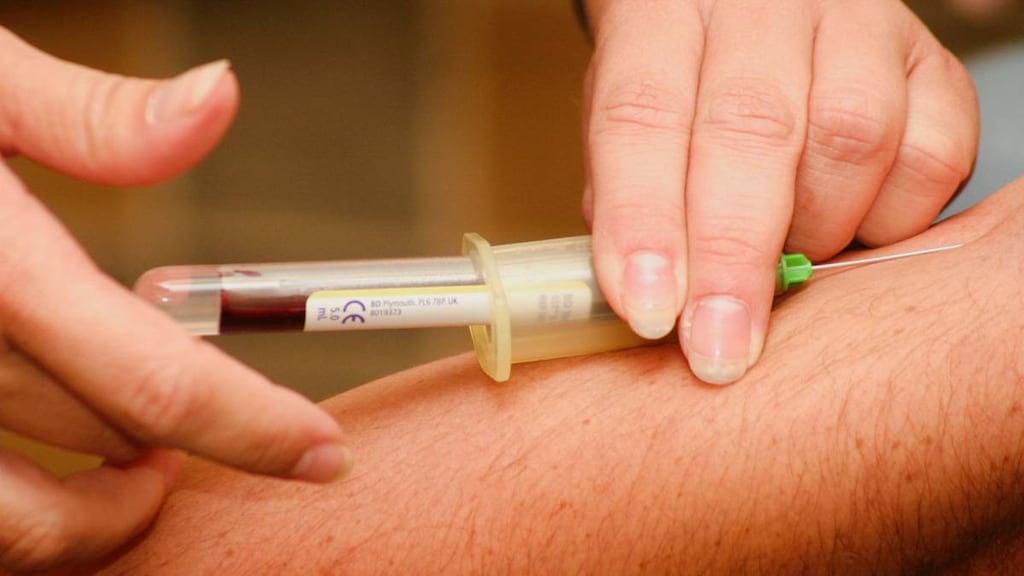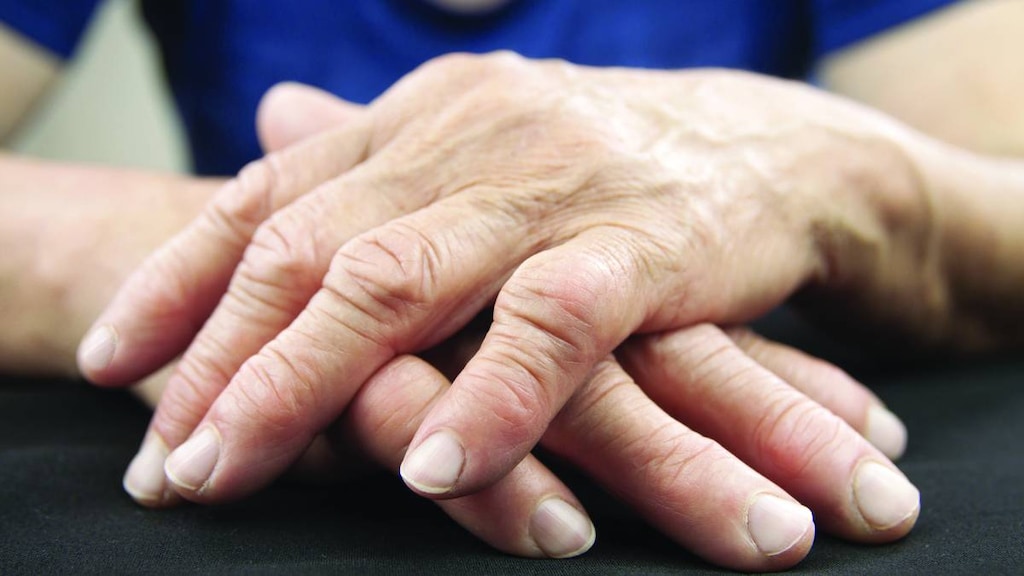Is there a blood test for rheumatoid arthritis?

There is no specific blood test that can diagnose rheumatoid arthritis, a chronic autoimmune disease that occurs when the body’s immune system makes a mistake and triggers inflammation against its own joints and bones, causing stiffness and pain. However, several blood tests together can provide clues.
There are certain substances in your blood that when elevated, or even just present, may suggest a diagnosis of rheumatoid arthritis. These include general markers of inflammation such as an elevated erythrocyte sedimentation rate (ESR or sed rate) and/or high levels of C-reactive protein (CRP). But, both ESR and CRP may be raised for reasons other than rheumatoid arthritis, such as an underlying infection.
For these reasons, more blood tests are needed to help physicians establish a diagnosis, including those that look for autoantibodies linked to rheumatoid arthritis. Antibodies protect the body from diseases caused by foreign invaders, while autoantibodies cause disease by mistakenly attacking healthy cells. In rheumatoid arthritis, autoantibodies may include rheumatoid factor and anti-cyclic citrullinated peptide (anti-CCP). Rheumatoid factor is found in about 80 percent of people with rheumatoid arthritis, but some people who don’t have the disease may also test positive for rheumatoid factor. The same is true of anti-CCP antibodies, which are seen in up to 70 percent of people with rheumatoid arthritis, but may also appear in the blood of people without this joint disease.
The normal range of rheumatoid factor is from 0 to 20 units per milliliter of blood (u/ml), but having elevated levels above 20 u/ml is not enough on its own to diagnose rheumatoid arthritis because other factors can raise rheumatoid factor levels besides this form of arthritis. An anti-CCP test result that is above 20 u/ml does propose a possibility of rheumatoid arthritis. Together, positive anti-CCP and positive rheumatoid factor autoantibodies tip the scale in favor of an rheumatoid arthritis diagnosis. A lower red blood cell count, or anemia, can be another clue that helps your healthcare provider determine what is causing joint pain and other symptoms suggestive of rheumatoid arthritis.
Results of these blood tests along with a thorough physical examination and/or imaging tests that look for signs of joint damage are all needed to establish a diagnosis of rheumatoid arthritis. During the physical exam, your doctor will check your joints for swelling, redness and warmth. Some healthcare providers will also order a synovial or joint fluid analysis. This test looks at the liquid between your joints for signs of abnormalities that suggest inflammation.
In addition to diagnosing rheumatoid arthritis, some of these tests can also help to determine how active the disease is and assess the impact of treatment over time.
Article references
- Hospital for Special Surgery (HSS). Understanding RA Lab Test Results. May 14, 2020. Available at: https://www.hss.edu/conditions_understanding-rheumatoid-arthritis-lab-tests-results.asp. [Accessed August 10, 2020].
- American College of Rheumatology. How is rheumatoid arthritis diagnosed? Available at: https://www.rheumatology.org/I-Am-A/Patient-Caregiver/Diseases-Conditions/Rheumatoid-Arthritis. [Accessed August 10, 2020].
- U.S. National Library of Medicine. Synovial Fluid Analysis. Available at: https://medlineplus.gov/lab-tests/synovial-fluid-analysis/. [Accessed August 10, 2020].




